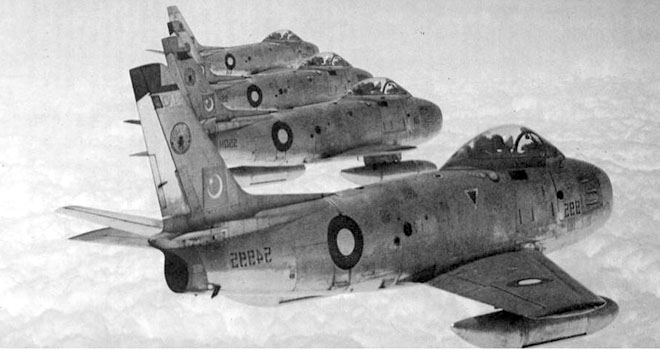The first SMS text was sent by Neil Papworth, then a 22-year-old communications engineer working in the United Kingdom. Papworth’s SMS — Short Messaging Service — text was sent from a PC (phones didn’t yet have keyboards) to a friend at a holiday party across town and read simply, “Merry Christmas.” Here, a brief history of the humble beginnings and ensuing explosion of texting:
1984: An Idea is Born
Sitting at a typewriter at his home in Bonn, Germany, Friedhelm Hillebrand types random sentences and questions, counting every letter, number, and space. Almost every time, the messages amount to fewer than 160 characters — what would become the limit of early text messages — and thus the concept for the perfect-length, rapid-fire “short message” was born. “Perfectly sufficient,” Hillebrand would recall later about his discovery, which came long before mobile phones were an everyday tool.
Dec. 3, 1992: The First Text Message
Papworth, a former developer at Sema Group Telecoms, sends the world’s first SMS greeting to his friend Richard Jarvis, who at the time worked at U.K. service Vodafone. Jarvis couldn’t say “Merry Christmas” back, because his brick-sized Orbitel 901 phone had no way of inputting text .
1993: Mobile Phones Get SMS
Finnish phone-maker Nokia debuts the first mobile phone that’s able to send texts. Early text messages — which have to be painstakingly entered on numerical keypads — are free, but can only be sent between two people on the same network . This remains the standard for quite a few years.
1994: SMS as Broadcast
Vodafone — one of only two mobile networks in the U.K. — launches a share-price alert system for business people.
1995: T9 Debuts
The Tegic or “T9” system, which predicts texting based on what letters you’re typing, first sees the light of day. Though confusing at first, the input method becomes popular among slick-fingered texters.
1997: Enter QWERTY
The Nokia 9000i Communicator becomes the first phone to come equipped with a keyboard . Future BlackBerry fans rejoice.
1999: Worlds Collide
Text messages finally cross networks for the first time, and “a new fever” is born, says The Wall Street Journal . College kids begin latching onto the inexpensive, quick-fire technology as their communication medium du jour.
2000: Text Messaging Takes Off
Now capable of texting with their friends on other networks, Americans begin sending (a now comically low) 35 texts per month.
2002: Text Messaging Really Explodes
More than 250 billion SMS messages are sent worldwide .
July 2006: Enter Twitter
Twitter makes its debut as a text-message-based service in the summer of 2006. Its famous 140-character limit was set by SMS’ own limitations pioneered by Hillebrand.
2007: Texting Surpasses Calling
NBD. The number of texts sent in a month passes the number of monthly phone calls placed by Americans for the first time ever.
2008: The Texter-in-Chief
Presidential candidate Barack Obama sends supporters a text message announcing Joe Biden as his vice-presidential running mate.
2010: The Service Peaks
The International Telecommunications Union reports that 200,000 text messages are sent every minute. 6.1 trillion texts are sent worldwide over the entire year.
June 2012: Evidence of a Decline?
Although some 7.4 trillion SMS texts were sent in 2011, up 44 percent from the year before, texting in the U.K., Sweden, the U.S., and other countries begins to see a decline in 2012, according to several research firms. Some critics say that text messaging simply isn’t evolving. Others point out that consumers still have to pay to use the service, and many are instead looking to free messaging options. “It comes down to cost,” Chris Ziegler, a mobile phone expert and senior editor at The Verge, tells ABC News . There are more alternatives than ever with BBM, iMessage, WhatsApp, and more. A “savvy subscriber can dispense of their text messaging plan altogether.”
Sources:
The Los Angeles Times , The Guardian , Mashable , The Wall Street Journal , Nielsen
Related posts:
 ٹیپو سلطان
ٹیپو سلطان
 Ketchup – History & Origin
Ketchup – History & Origin
 Dr. Abdul Qadeer Khan
Dr. Abdul Qadeer Khan
 History of the Internet
History of the Internet
 Biography of Arnold Schwarzenegger
Biography of Arnold Schwarzenegger
 25 Most Inspirational Quotes by Muhammad Ali Jinnah
25 Most Inspirational Quotes by Muhammad Ali Jinnah
 Taj Mahal, The Symbol of Love (History)
Taj Mahal, The Symbol of Love (History)
 About Islamic Calligraphy
About Islamic Calligraphy
 Sadequain’s Calligraphy
Sadequain’s Calligraphy
 September 1965 Pak India War (Miscellaneous Photos) – Part-I
September 1965 Pak India War (Miscellaneous Photos) – Part-I
 September 1965 Pak India War (Miscellaneous Photos) – Part-II
September 1965 Pak India War (Miscellaneous Photos) – Part-II
 سیدنا حضرت عمر فاروق رضی اللہ عنہُ کے حالات و واقعات
سیدنا حضرت عمر فاروق رضی اللہ عنہُ کے حالات و واقعات






